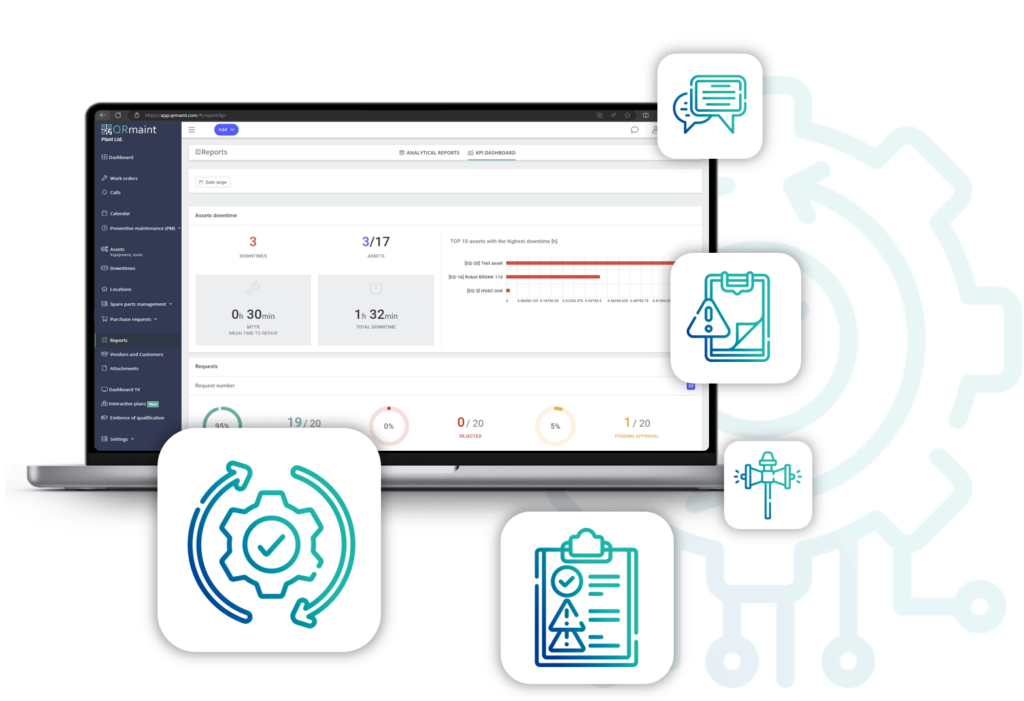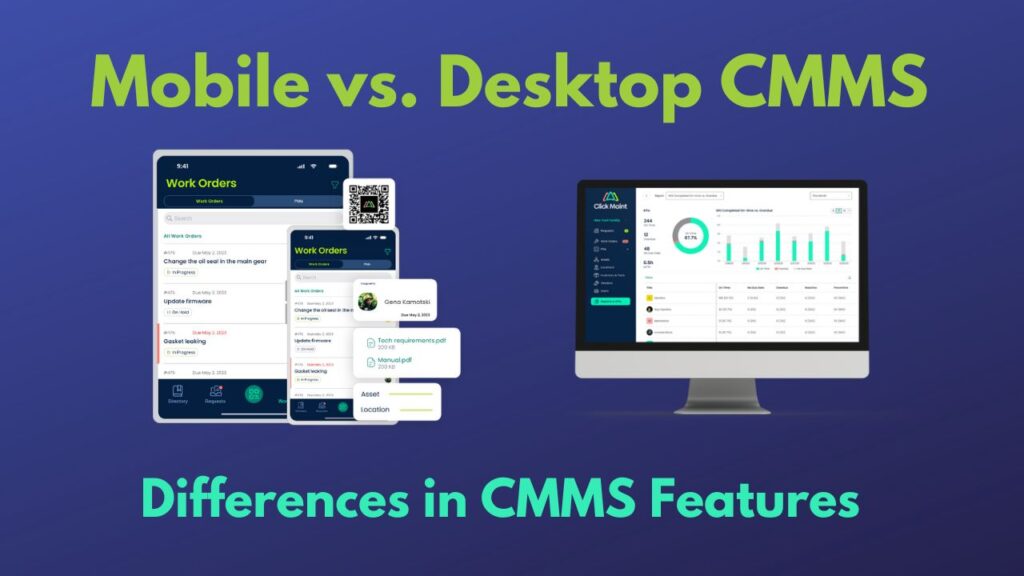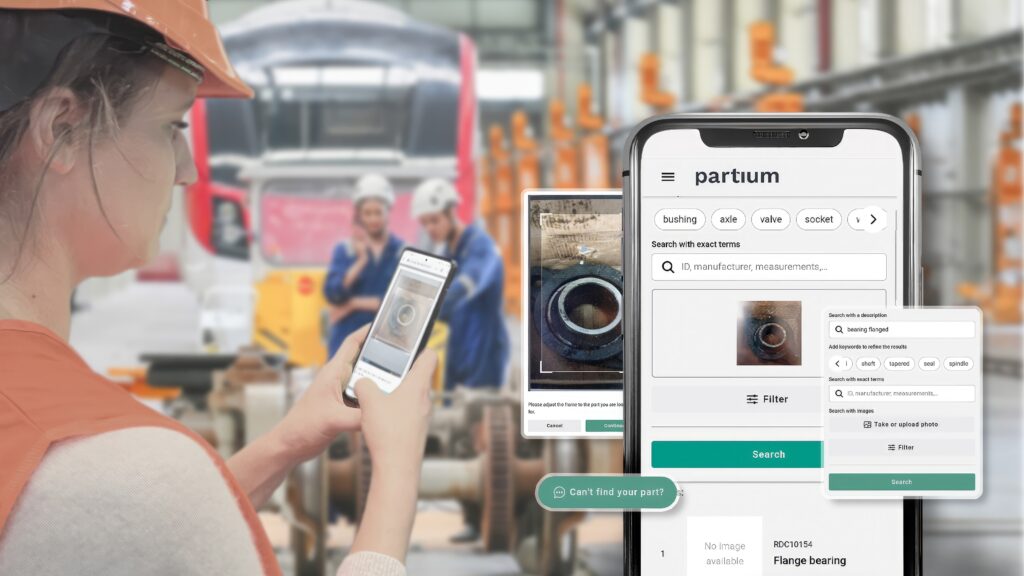
Autonomous Maintenance: Maximize Equipment Uptime with CMMS
Today’s maintenance departments can benefit from autonomous maintenance functions in CMMS systems that go a step further in controlling the daily tasks of plant and machine operators.
[webinar] Embracing Digital Transformation in Maintenance & Plant Operations | March 13 at 10AM EST – Register Now

Today’s maintenance departments can benefit from autonomous maintenance functions in CMMS systems that go a step further in controlling the daily tasks of plant and machine operators.

June 2024 marks National Safety Month, an annual occasion to highlight the critical importance of workplace safety and raise awareness about potential hazards. For industries that rely on industrial equipment and heavy machinery, proper maintenance practices and safety protocols are vital for preventing accidents, injuries, and fatalities. Continuously striving to improve workplace safety is not only the ethical thing to do, but also keeps facilities productive, reduces downtime, and protects businesses from legal action.

Despite current economic hardships, investing in CMMS software presents an opportunity for businesses aiming to optimize operations and reduce costs. By implementing CMMS systems, businesses can manage maintenance schedules, minimize unexpected breakdowns, and extend the lifespan of their assets.

Computerized Maintenance Management Systems are often perceived as solutions that can operate solely in production plants. However, the growing demand for maintenance across production facilities has shown that the complexity of the business, and its need for integration is far more extended. Today, enterprises require CMMS integration with the supply chain—not only in the context of production, but also in the context of supplying manufacturing facilities with spare parts for their maintenance departments. In this article, we explain how interoperability is facilitated today in maintenance operations.

SAP, as with any enterprise asset management software suite, is a collection of many diverse software solutions and applications. No matter which module of SAP you are working with, there are master and transactional data sets that you must consider as you are making changes to an existing system, migrating from one system to another, or standing up a new system altogether.

This article explores the differences between desktop and mobile CMMS, emphasizing their distinct features and when each should be used. It also explores some of the concerns maintenance teams may have about adopting CMMS mobile apps.

In large industrial enterprises, maintenance plays a critical role in guaranteeing continuous, efficient operations. A key aspect of this area is the search for spare parts. Not only are the processes for identifying spare parts accelerated by implementing AI technologies such as machine learning and image recognition, they are also made much more precise. This development greatly increases the efficiency of the search for spare parts while reducing inventory costs at the same time. Find out exactly how it works in this article.

Oh, the exciting world of software validation! Hours and hours of white-knuckled test development, execution, and… as if those are not enough… resolution and documentation of the results! Then of course are the continued change management efforts needed to keep the system in a validated state over its lifecycle. It takes truly special people to function in this arena.

This week’s newsletter will get into why it is important to have a good tool inventory and tips to keep your tool inventory organized and efficient.
Do you want to get weekly tips & tricks?
"*" indicates required fields


Elizabeth Ruiz is the editor and site administrator for MaintenanceWorld.com.
She is responsible for reviewing submitted content for the site and ensuring that it provides value to the readers of the site.
Copyright © 2010-2024 Maintenance World. All rights reserved.

Click here to join the Maintenance and Reliability Information Exchange, where readers and authors share articles, opinions, and more.
"*" indicates required fields
delivered straight to your inbox
"*" indicates required fields